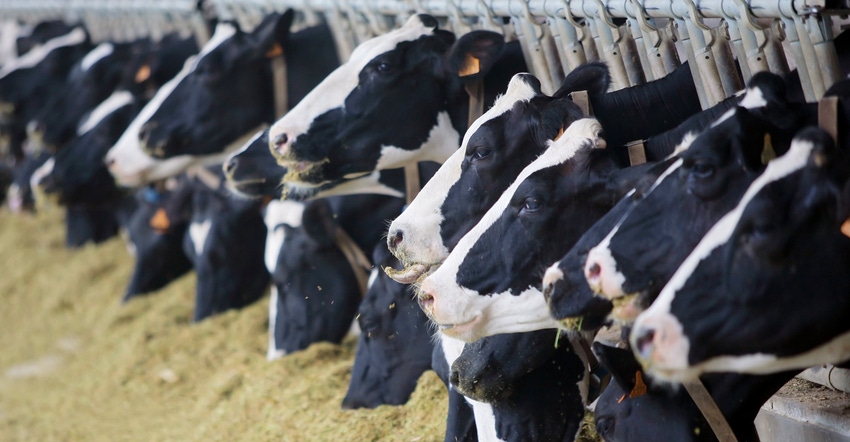Implementing an effective management strategy before it's too late
September 1, 2020

Sponsored Content
By Ricardo Arias, PhD, United Animal Health
Every year, effort, money, and faith are put into the planting, harvesting, and ensiling of forages that will feed cattle for the months ahead. The quantity and quality of forage will play a substantial role in the profitability of the farm until the next harvest season. In many cases that forage was harvested, chopped, and packed correctly but still many tons are spoiled due to exposure to oxygen from improper feed-out and face management.
When a silage pile is open and exposed to oxygen, aerobic microorganisms such as yeasts and molds germinate and rapidly reproduce, consuming the lactic acid previously produced by beneficial bacteria during fermentation. As the population of yeasts increases, soluble nutrients such as sugars and proteins are destroyed and heat is produced, leading to further degradation of proteins. Finally, pH increases leading to the growth of more molds and bacteria, that cause additional spoilage and significant dry matter (DM) losses.
The term aerobic stability refers to the stability of silages against deterioration by these microorganisms when exposed to air after fermentation. In laboratory settings, stability is evaluated by measuring the amount of time it takes for the silage to increase in temperature by 2°C once exposed to air. Silage piles can easily lose 5-25% of its total DM due to spoilage and volatilization of organic matter. This is a significant monetary loss for any operation.
The single-most effective management strategy to reduce aerobic spoilage is limiting the amount of oxygen trapped in the pile as it ferments and minimizing the amount of air penetrating a bunker or pile as the silage is being fed out.
However, it is virtually impossible to keep oxygen out of the silage from bunker to rumen, therefore a few strategies can be utilized to minimize spoilage due to secondary fermentation:
Rolling back or cutting plastic cover every day instead of once a week/month
Removing 12 inches or more from face per day utilizing a defacer rake
Avoiding uneven surfaces with front-end loaders
Avoiding more than one face of the silo open at a time
Avoiding transportation and re-piling of silage at a different location for more than a day
Utilizing a bacterial inoculant and/or a mold inhibitor
Inoculants formulated with bacteria that produce exclusively lactic acid (homolactic) are the most efficient in preserving nutrients and DM. Although lactic acid is ideal to lower the pH fast and efficiently, it does not have mold inhibiting properties. Inoculants containing heterolactic bacteria, such as Lactobacillus buchneri produce acetic acid which may help with aerobic stability. However, this process is less efficient and might lead to higher nutrient losses due to the prolonged fermentation time needed to achieve that goal. That is why homolactic inoculants in combination with a mold inhibitor are recommended to maximize fermentation efficiency and aerobic stability at feed-out.
United Animal Health recently tested the effects of a potassium sorbate-based mold inhibitor on the aerobic stability of snaplage, compared to a popular L. buchneri inoculant. After 21 days of fermentation, the UAH homolactic inoculant plus the mold inhibitor had significantly (P < 0.05) improved aerobic stability by 12 hours compared to L. Buchneri. After 56 fermentation days, the combination performed just as good as L. buchneri, improving aerobic stability by 65 hours compared to a control with no inoculant, and a homolactic inoculant-only treatment.
Considering the results of these experiments, and the cost of treating forage with either L. buchneri (~$3.00/ton), or a combination of homolactic inoculants with mold inhibitors (~$1.00/ton), the latter is a more cost-effective solution for farms seeking to extend the aerobic stability of their forages, without sacrificing feed quality.
About the Author(s)
You May Also Like


.png?width=300&auto=webp&quality=80&disable=upscale)
